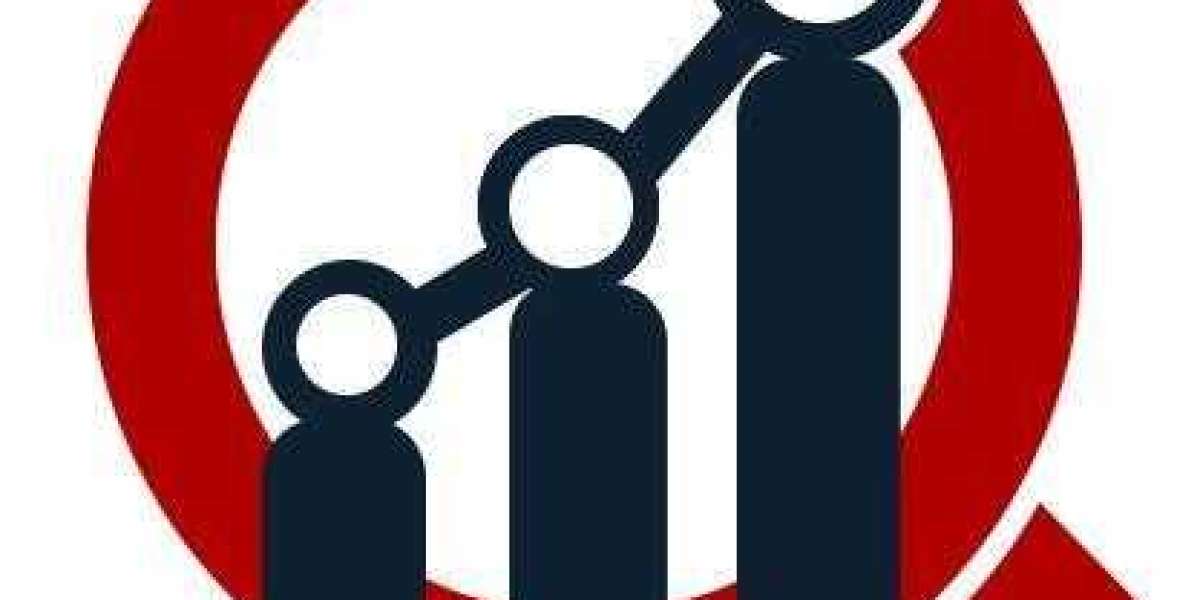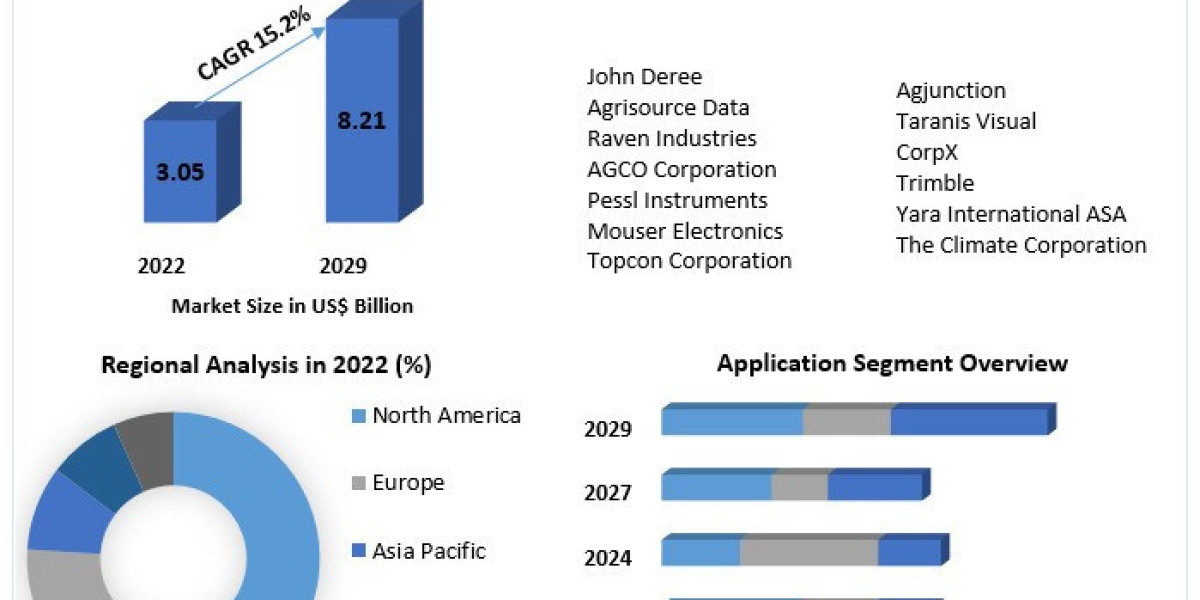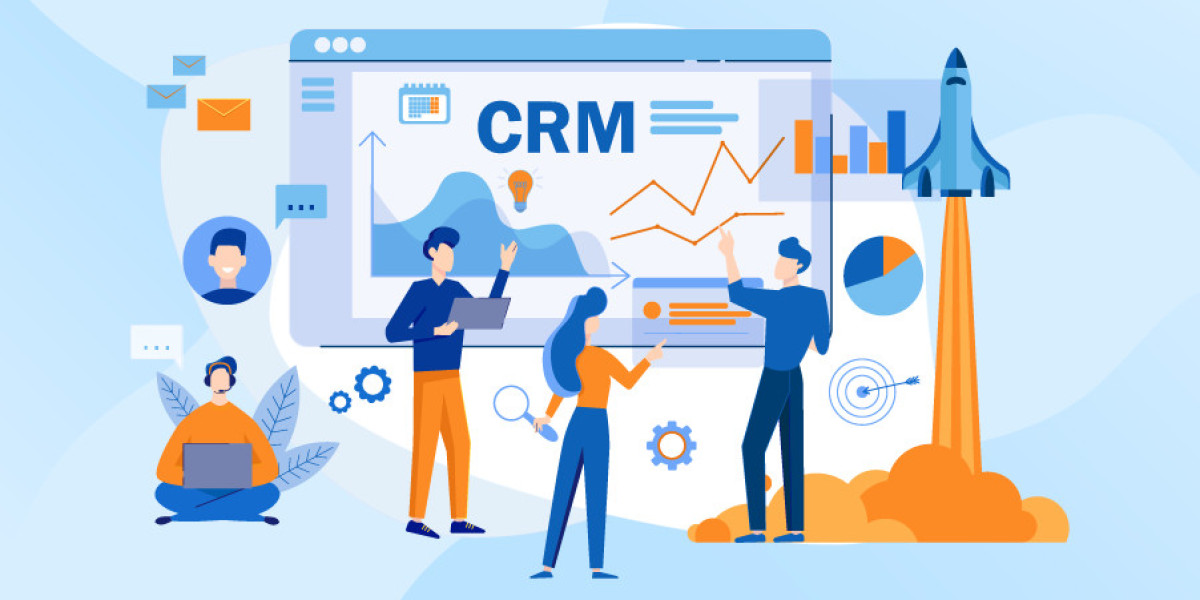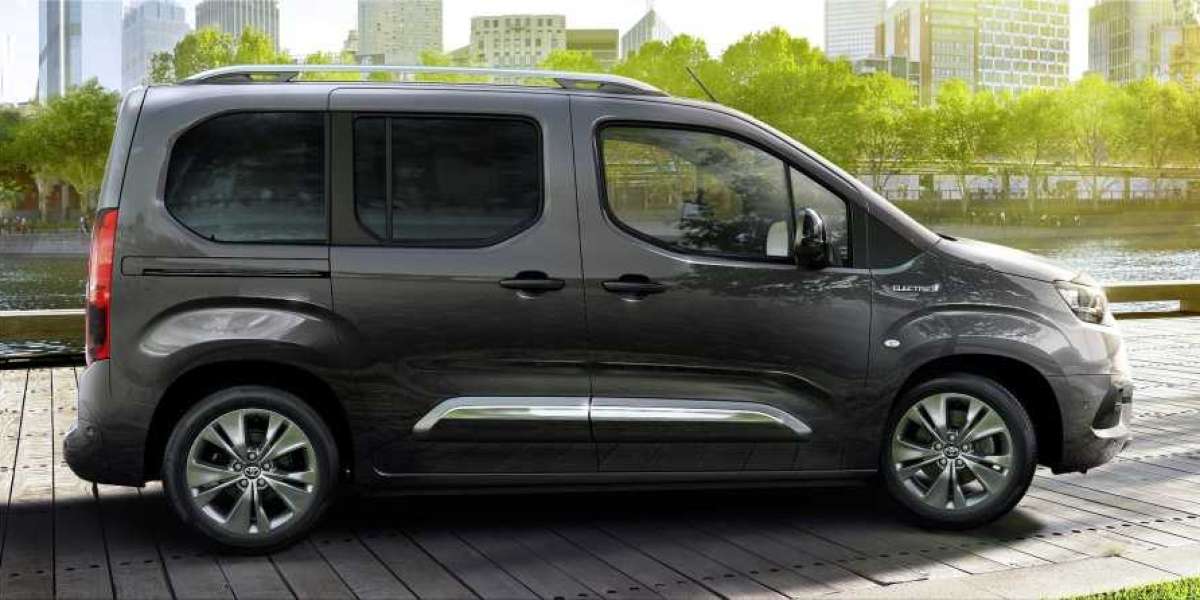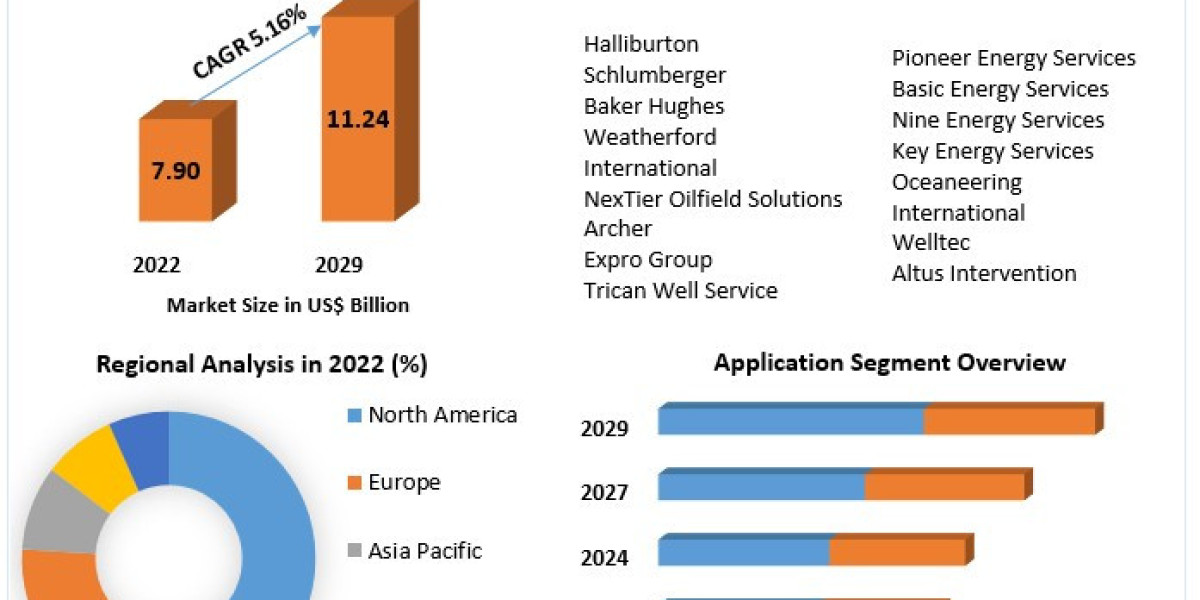Introduction
Solar Inverter Market is exhibiting a compound annual growth rate (CAGR) of 5.70% during the forecast period (2022–2030).
Solar photovoltaic (PV) systems have become a popular choice for harnessing clean and sustainable energy from the sun. These systems are made up of various components, each playing a crucial role in converting sunlight into electricity. In this blog, we will focus on a key component of any solar PV system – the inverter. We will also delve into the world of microinverters and solar panel inverters, exploring their roles and benefits.
What is a Solar PV Inverter?
A solar PV inverter is an essential component of a solar power system that converts direct current (DC) electricity generated by solar panels into alternating current (AC) electricity, which is suitable for use in homes and businesses. Inverters play a pivotal role in ensuring the seamless integration of solar energy into the electrical grid and in powering your appliances.
Types of Solar PV Inverters
There are several types of solar PV inverters available, each with its own unique features and advantages. Two common types are microinverters and solar panel inverters.
- Microinverters
Microinverters are compact devices that are typically installed on the back of each individual solar panel. Unlike traditional string inverters, which connect multiple solar panels in series, microinverters work on a panel-by-panel basis. Here are some key advantages of microinverters:
- Enhanced Performance:Microinverters optimize the performance of each panel independently, ensuring that shading or dirt on one panel doesn't affect the entire array's output.
- Monitoring Capabilities:Microinverters often come with advanced monitoring systems that allow you to track the performance of each panel in real-time, making it easier to identify and address issues.
- Scalability:Microinverters offer greater flexibility for system expansion. You can easily add more panels to your array without worrying about inverter compatibility.
- Solar Panel Inverters
Solar panel inverters, also known as string inverters or central inverters, are a more traditional choice for solar PV systems. They are typically installed in a central location, and all the solar panels in an array are connected in series to a single inverter. Here are some key advantages of solar panel inverters:
- Cost-Effective:Solar panel inverters are often more cost-effective for larger installations due to the reduced number of inverters needed.
- Reliability:String inverters have a proven track record of reliability, and they tend to have a longer lifespan.
- Simplicity:The installation of string inverters is generally simpler, which can reduce upfront labor costs.
Choosing the Right Inverter for Your Solar PV System
Selecting the right inverter for your solar PV system depends on various factors, including your budget, the size of your installation, and your specific energy needs. Microinverters are a great choice for smaller residential installations where shading or panel-level monitoring is essential. On the other hand, solar panel inverters are often preferred for larger commercial systems.
In conclusion, solar PV inverters are a critical part of any solar energy system, converting DC electricity into usable AC electricity. Whether you opt for microinverters or solar panel inverters, both have their own set of advantages and can be tailored to meet your unique requirements. Before making a decision, it's important to consult with a solar professional who can assess your needs and provide guidance on the most suitable inverter for your solar PV system.
More Trending Reports:
Hydraulic Equipment Accessories
